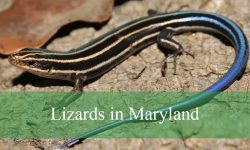Bugs that look like mosquitoes encompass a diverse array of insects, often mistaken for their more infamous counterparts. These creatures share certain physical resemblances with mosquitoes, such as size, shape, or feeding habits, yet they vary significantly in behavior, ecological roles, and potential impact on humans and ecosystems.
The following article is a list of 16 types of bugs that look like mosquitoes, including their characteristics, shapes, and behaviors, to help you easily differentiate them.
Different Types of Bugs that Look like Mosquitoes
Crane Fly
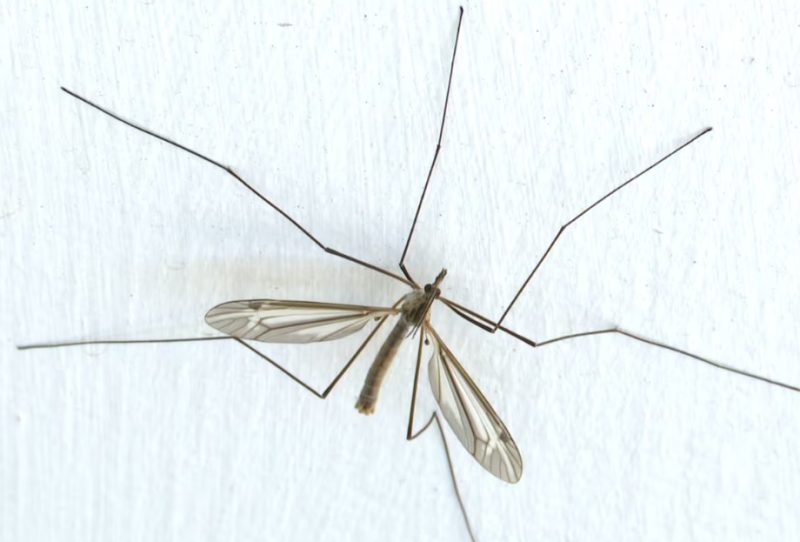
Of all the insects commonly mistaken for mosquitoes, crane flies are the most notorious. They cause fear due to their appearance but are harmless. Crane fly larvae can damage lawns, though some larvae species feed on mosquito larvae. Crane flies look similar to mosquitoes but have much longer legs and a larger wingspan.
They often fly towards people, causing alarm, but they don’t bite or spread diseases. Despite their size and intimidating behavior, crane flies are generally harmless, unlike mosquitoes, which are known for biting and disease transmission.
Chigger
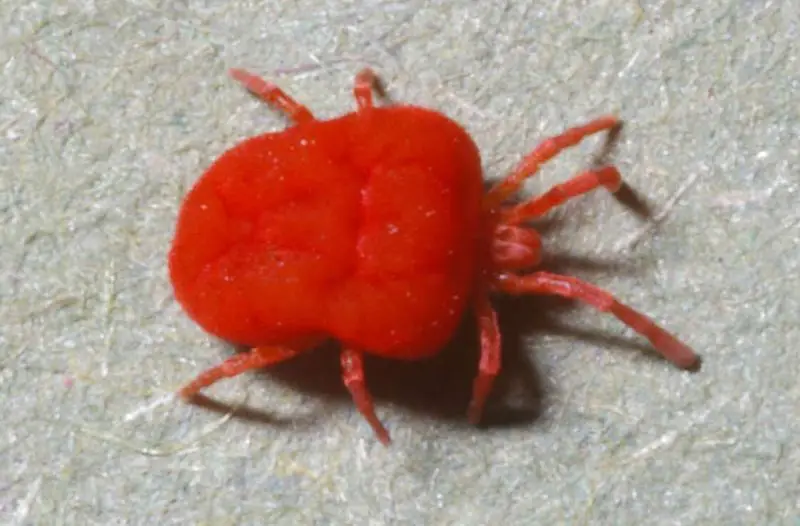
Chiggers, small arachnids mainly found in the southern states, are unlikely to be mistaken for mosquitoes, but their bites are equally troublesome. Chiggers can jump at their targets and inject saliva with dissolving chemicals, causing painful, itchy wounds that can sometimes lead to allergic reactions.
Unlike mosquitoes, chiggers do not suck blood. Instead, their bites can result in intense discomfort and irritation.
Dance Fly
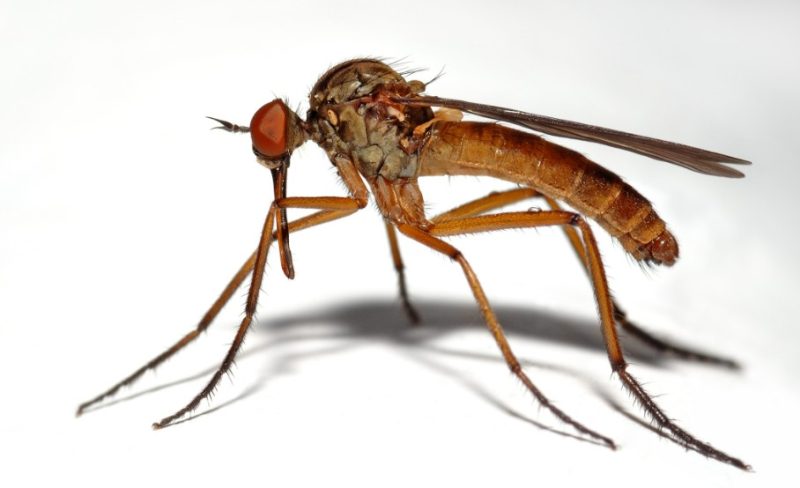
Dance flies, members of the Empididae family, have a body shape similar to mosquitoes but differ in notable ways. During mating, males perform aerial dances and present dead flies as gifts to females. Dance flies have longer, thicker legs, which distinguish them from mosquitoes.
Unlike mosquitoes, they do not bite and are beneficial, eating small insects and aiding in pollination. Their intelligence and helpful behavior make them a desirable presence in gardens.
Biting Midge Fly
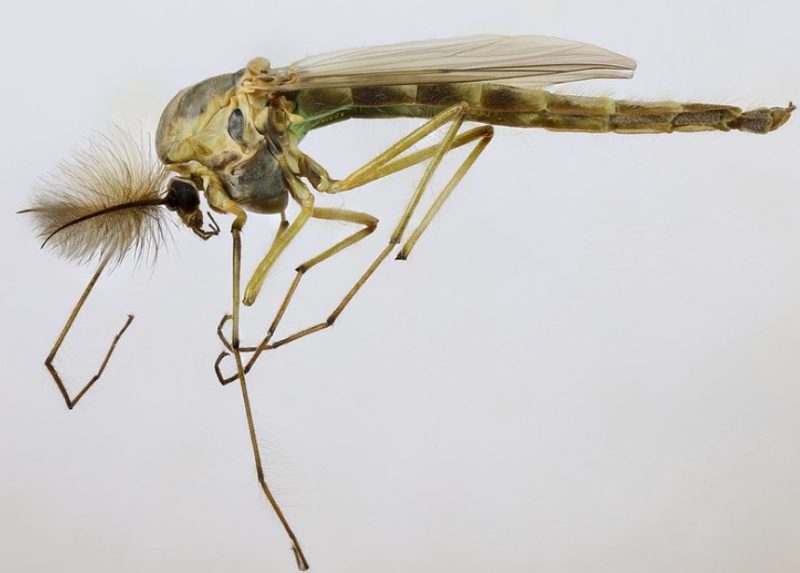
Leptoconops torrens, a species of biting midge, is often mistaken for mosquitoes due to their similar appearance and biting behavior. They are commonly called “no-see-ums” in parts of the US and can be found in regions from California to Texas and Florida.
Unlike mosquitoes, biting midges have moth-like fuzzy antennae. Both mosquitoes and biting midges are known for their painful bites, but midges can cause more severe disruptions, such as halting construction projects due to their aggressive biting. In contrast, mosquitoes are more widespread and are notorious vectors for various diseases like malaria and dengue.
Buzzer Midge
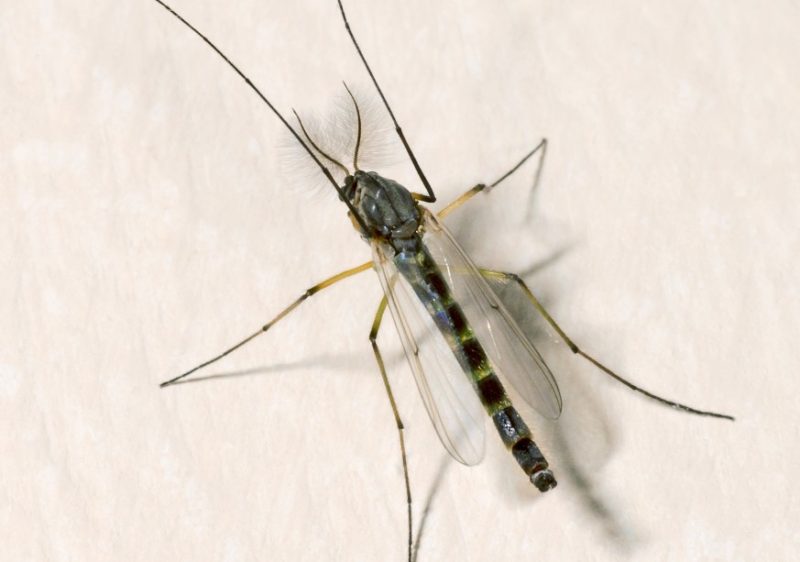
The buzzer midge (Chironomus plumosus) resembles mosquitoes but is quite different. They lay eggs in calm waters, where the larvae, known as bloodworms, swim to the surface upon hatching. Surviving larvae become adults, whose color varies by environment.
Unlike mosquitoes, buzzer midges don’t bite and are generally harmless. They are named for their loud buzzing, which, along with their attraction to lights, can be annoying.
Dixid Midge
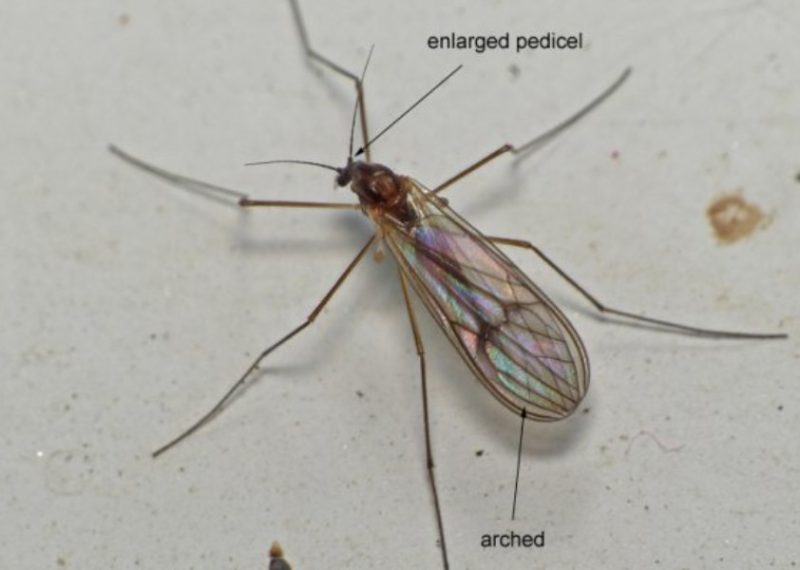
Dixid midges, from the genera Dixa and Dixella, closely resemble mosquitoes, especially in their aquatic larval stage. Adult dixid midges look similar to mosquitoes but have shorter legs and smaller bodies.
Unlike mosquitoes, dixid midges are docile and feed exclusively on phytoplankton and algae. This key difference makes dixid midges harmless to humans, unlike mosquitoes, which bite and can transmit diseases.
Dragonfly
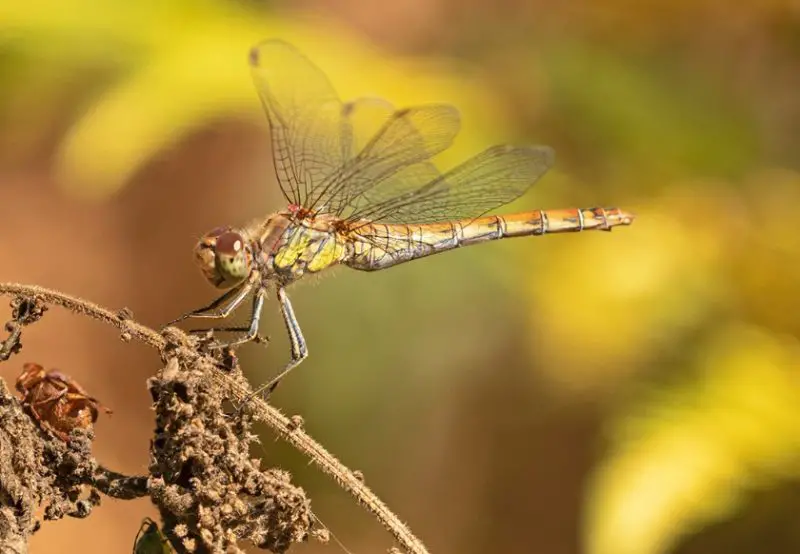
Dragonflies are significantly different from mosquitoes, being much larger, brightly colored, and capable of impressive aerial maneuvers. However, they can still be mistaken for mosquitoes when resting or seen briefly.
Unlike mosquitoes, dragonflies are harmless and fascinating to watch. Their presence is a good reminder to double-check what you’re seeing. Dragonflies can add beauty to your surroundings and help control mosquito populations by preying on them.
Flea
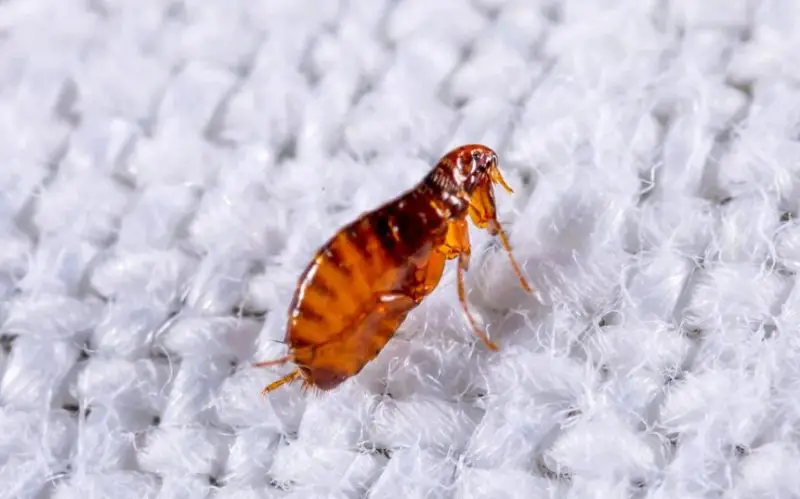
There’s no mistaking a flea for a mosquito based on appearance, as fleas are tiny and wingless, while mosquitoes are larger and winged. The confusion arises because both feed on blood, and you might not see what bit you. Flea bites often appear in clusters and are intensely itchy, usually around the ankles. In contrast, mosquito bites are more spread out and can occur anywhere on the body. Examining the bite area can help identify the culprit.
Fungus Gnat
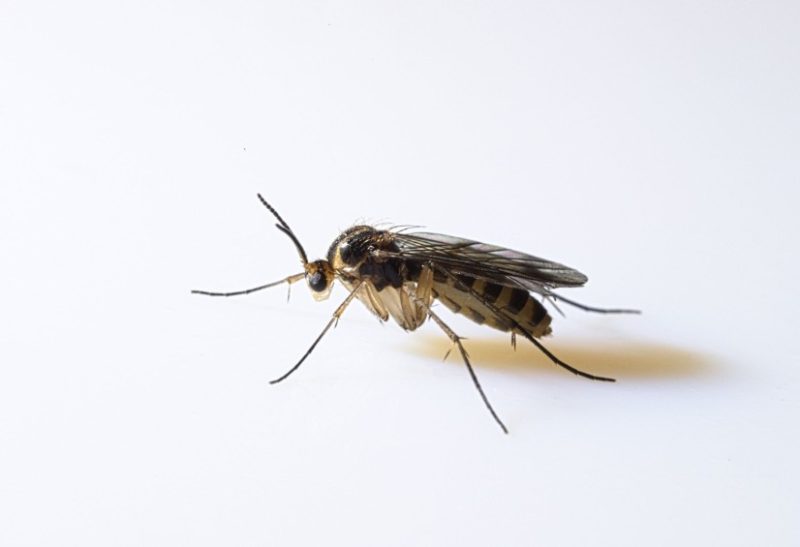
Fungus gnats, smaller than mosquitoes, are common house pests, often mistaken for tiny mosquitoes. They belong to six of the seven families in the superfamily Sciaroidea and serve both beneficial and pest roles. Unlike mosquitoes, fungus gnats primarily feed on fungi and aid in decomposition. They thrive in moist environments like bathrooms affected by leaks or poor ventilation.
While mosquitoes may invade bedrooms and bathrooms, fungus gnats are also frequent visitors. They can be pests around houseplants, indicating fungal issues or root rot. Some species’ larvae are predatory, and adults contribute to pollination. Unlike mosquitoes, fungus gnats are generally harmless to humans.
Long-Bodied Cellar Spider
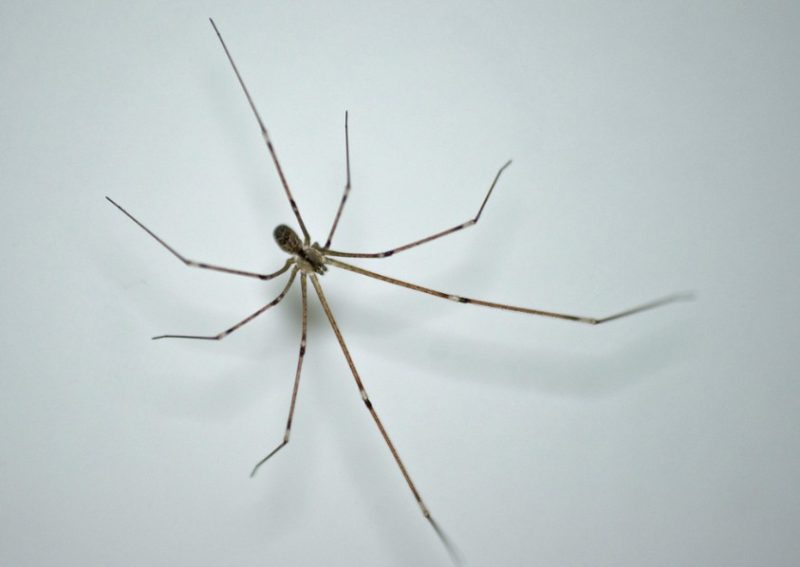
The long-bodied cellar spider, often called daddy long-legs (Pholcus phalangioides), can be mistaken for a mosquito at first glance due to its long legs and slender body. These arachnids are common in homes and are beneficial as they prey on more harmful spiders.
Unlike mosquitoes, they are harmless to humans and lack wings. Their long legs are a distinctive feature that sets them apart from mosquitoes once observed closely. Taking a moment to examine their appearance can reassure you that they pose no threat, unlike mosquitoes, which bite and can transmit diseases.
Mayfly
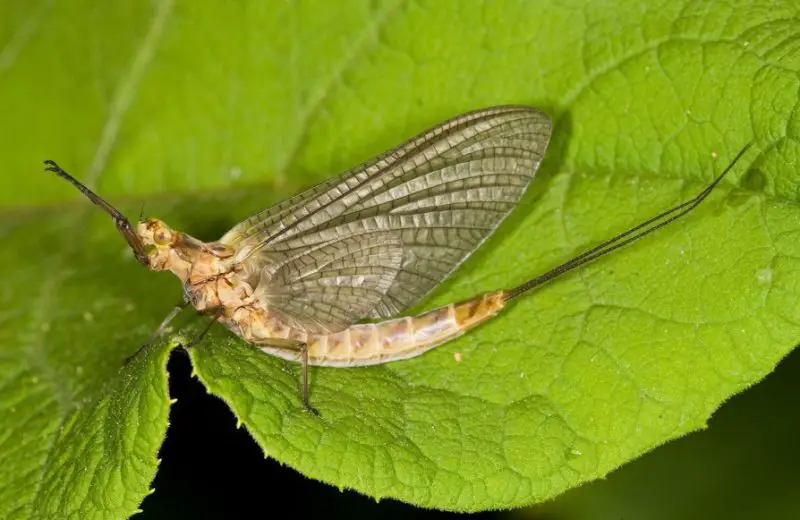
Mayflies are fascinating insects and crucial indicators of water health. Belonging to the order Ephemeroptera, they differ significantly from mosquitoes, despite superficial similarities. Mayfly nymphs, aquatic and long-lived, contrast sharply with their short-lived adult counterparts, which may survive just a day. Adults resemble mosquitoes in flight but possess wings that do not lie flat and feature two to three tails.
Unlike mosquitoes, they lack functional mouthparts, merely touching water briefly for hydration. Mayflies signal clean water bodies; their presence assures environmental health, unlike mosquitoes, which are vectors of disease and discomfort, highlighting their stark differences in ecological roles and characteristics.
Sandfly
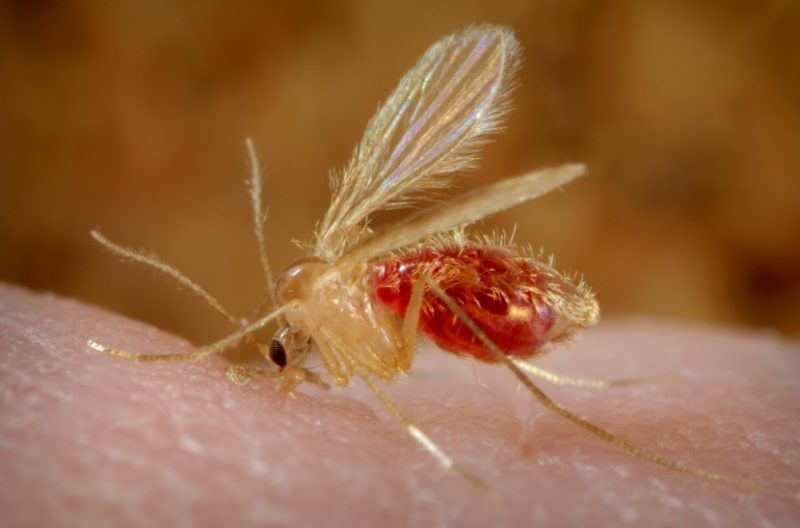
Sandflies, like mosquitoes, are small flying insects known for their biting habits. Both can transmit diseases through their bites, making them health concerns in certain regions. Sandflies, however, are more commonly associated with sandy habitats and coastal areas, whereas mosquitoes thrive near freshwater sources.
Unlike mosquitoes, which have a piercing mouthpart to extract blood, sandflies have shorter mouthparts suited for feeding on plant juices or blood. Sandflies are notorious for their painful bites, which can cause severe itching and discomfort, often leading to skin infections. Managing sandfly populations involves environmental measures and personal protection, similar to strategies used against mosquitoes.
Wood gnats
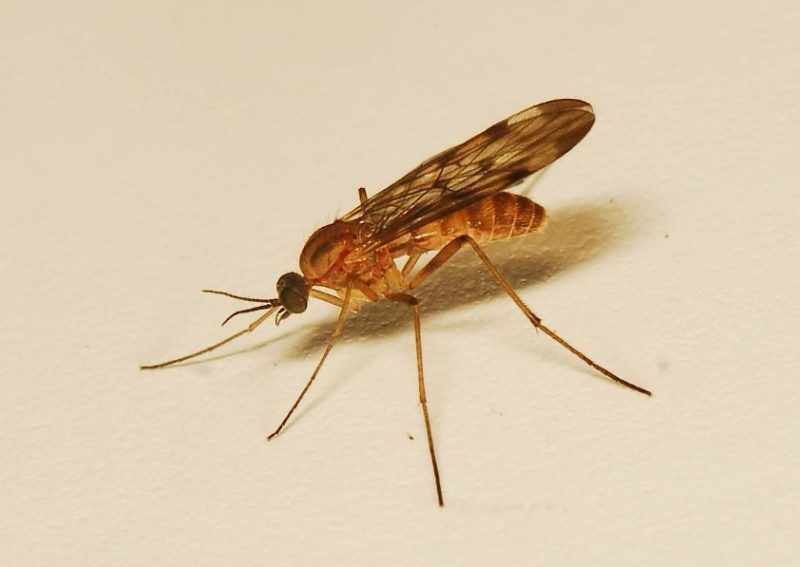
Wood gnats, also known as wood midges or gall gnats, share similarities with mosquitoes but have distinct differences. Like mosquitoes, wood gnats are small, flying insects that can be found in wooded areas and near water sources. They are known for their nuisance biting behavior, although they do not transmit diseases like mosquitoes. Wood gnats typically have shorter lifespans and are less robust than mosquitoes.
Unlike mosquitoes, which have a piercing proboscis for blood feeding, wood gnats often feed on nectar and plant fluids. They play different ecological roles, with wood gnats generally being more localized and less of a health concern compared to mosquitoes.
Tadpole
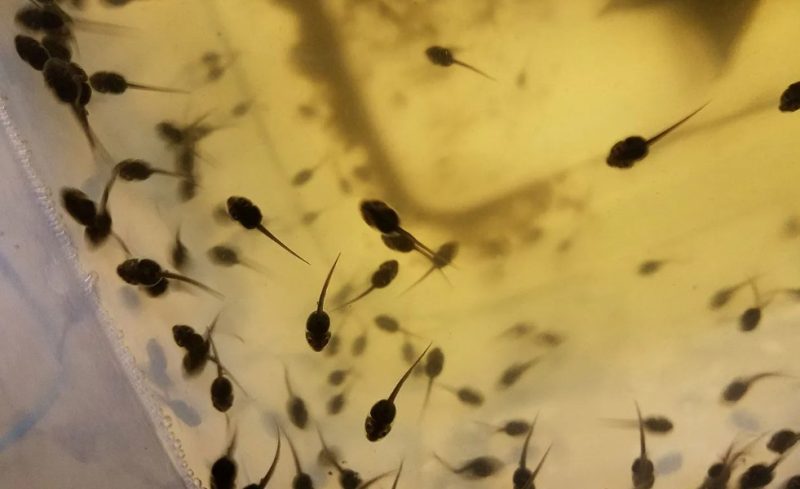
Tadpoles and mosquitoes are both aquatic organisms in their larval stages, yet they differ greatly in their biology and impact. Tadpoles, the larvae of frogs and toads, do not feed on blood or pose any health risk to humans. They play a crucial role in aquatic ecosystems by consuming algae and plant matter.
In contrast, mosquitoes are insects that feed on blood, capable of transmitting diseases like malaria and dengue fever. While tadpoles undergo metamorphosis into adult amphibians, mosquitoes transform into flying insects with biting mouthparts. Both organisms highlight the diverse adaptations found in aquatic ecosystems, albeit with vastly different ecological roles and interactions with humans.
Owl Midges
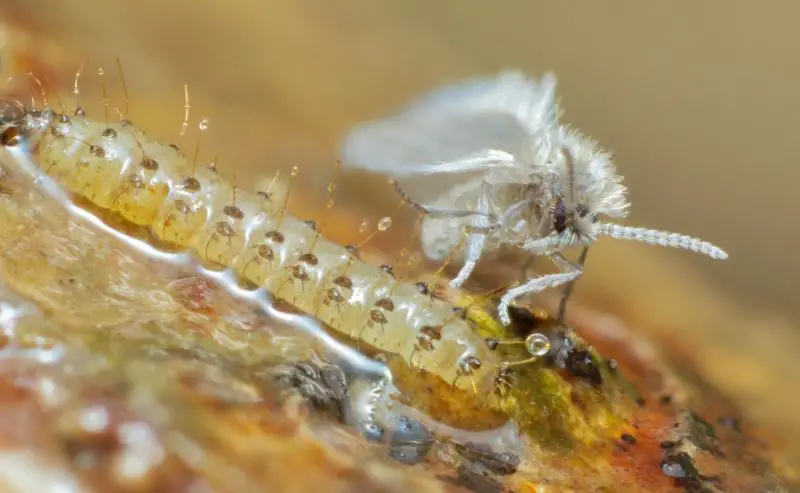
Owl midges, also known as Chironomidae, share similarities and differences with mosquitoes. Like mosquitoes, owl midges are small flying insects found near aquatic habitats where their larvae develop. However, owl midges do not bite or feed on blood like mosquitoes; instead, they primarily feed on algae and organic matter as larvae and nectar as adults.
Unlike mosquitoes, which are known vectors of diseases, owl midges are harmless to humans. They play important roles in aquatic ecosystems, serving as indicators of water quality and food sources for fish and other aquatic organisms.
Wasp
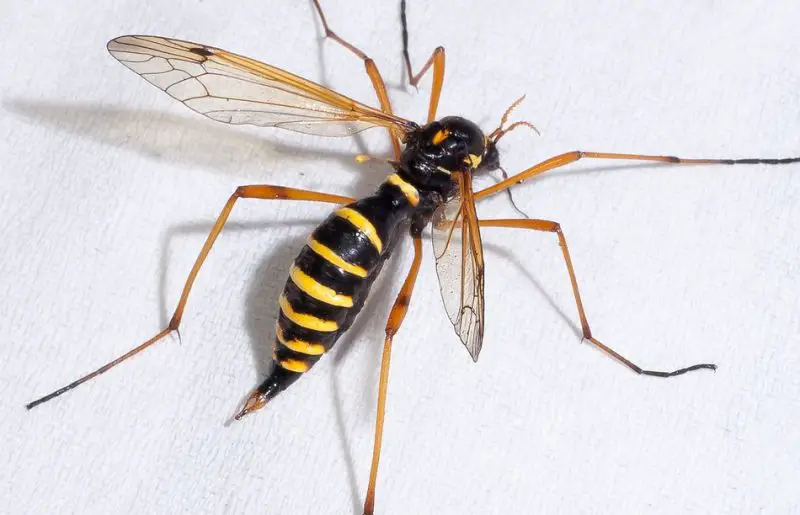
Wasps and mosquitoes share similarities as flying insects that can sting humans, causing discomfort and sometimes allergic reactions. Both are commonly found outdoors and can be attracted to food and sweet scents. However, wasps differ from mosquitoes in several ways. Wasps are more aggressive and can sting repeatedly, while mosquitoes typically bite once to feed on blood.
Additionally, wasps play a significant role in controlling pest insect populations and are beneficial in gardens. Unlike mosquitoes, which are known for transmitting diseases, wasps are not vectors for human diseases. Their ecological roles and behaviors distinguish them from mosquitoes in various outdoor settings.





